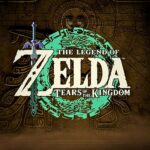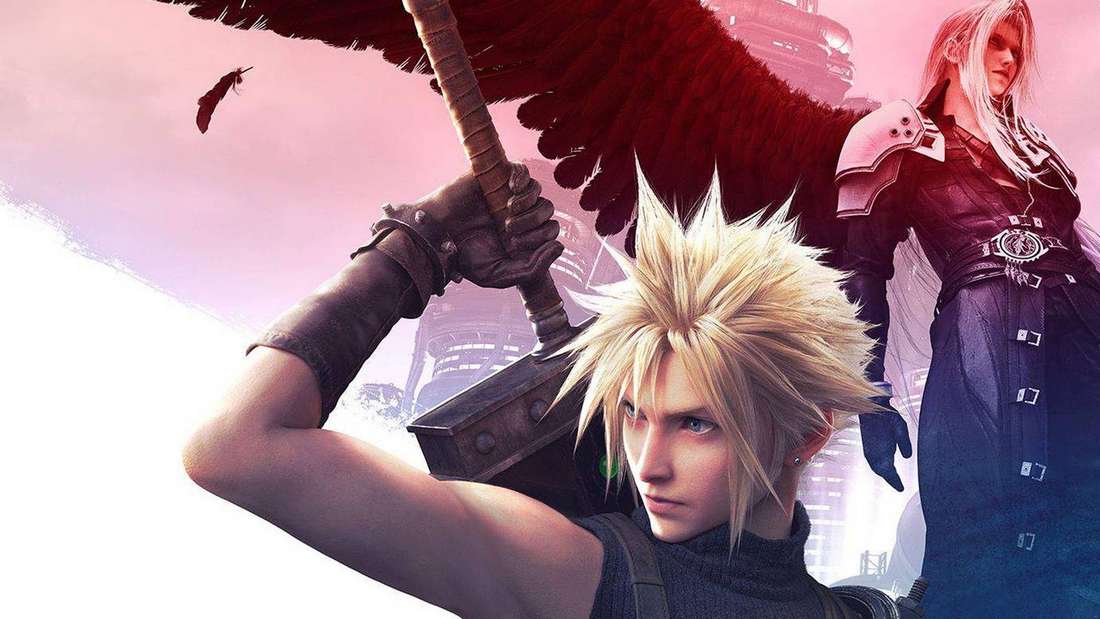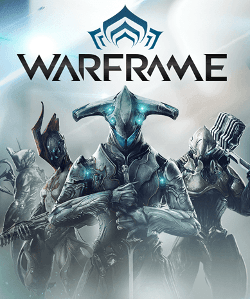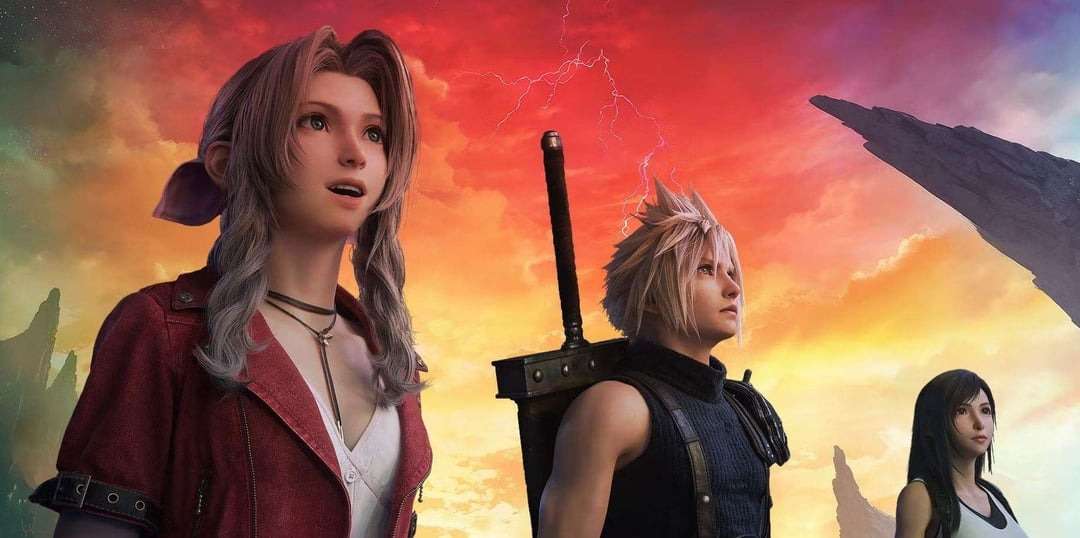Final Fantasy VII Rebirth: Navigating Nostalgia and Innovation, The Director’s Vision for a Triple-A RPG
Popular Now
 Free Fire
Free Fire
 Free Fire Max
Free Fire Max
 The Legend of Zelda
The Legend of Zelda
 Warframe
Warframe
 Genshin Impact
Genshin Impact
 Counter-Strike 2
Counter-Strike 2
 Brawl Stars
Brawl Stars
 Poppy Playtime
Poppy Playtime
 Auto X Drift Racing 3
Auto X Drift Racing 3
 R.E.P.O
R.E.P.O 
The journey of remaking a legendary title like Final Fantasy VII is fraught with both immense opportunity and significant risk. Few projects in the video game industry carry the weight of fan expectation and the burden of history quite like the Final Fantasy VII Remake trilogy. Following the monumental success of the first installment and the acclaimed, yet critically debated, second chapter, Final Fantasy VII Rebirth, Director Naoki Hamaguchi has offered a clarifying glimpse into the core philosophy driving this ambitious modern reimagining.
Hamaguchi’s recent commentary focuses acutely on the delicate balancing act—how to “build the future while remaking the past.” This strategic approach is crucial for retaining the core demographic of long-time fans while simultaneously capturing a new generation of high-value customers in the highly competitive entertainment software market. This pursuit of dual satisfaction is what elevates the Rebirth project from a simple graphical update to a transformative AAA development endeavor.
 The Philosophy: Respecting Lore While Pushing Boundaries
The Philosophy: Respecting Lore While Pushing Boundaries
At the heart of the development is a deep-seated respect for the 1997 original. However, Hamaguchi is clear that a simple, scene-for-scene recreation would not meet modern gaming standards nor leverage the capabilities of the PlayStation 5 platform. The director has often cited the guiding principle of making “all of the elements and essence of the original game come true in this Remake Project,” but crucially, re-imagined for the contemporary player.
This has manifested in several significant ways:
- Expanded World Design: Unlike the first game’s linear Midgar setting, Rebirth transitions to a massive, semi-open world structure. This shift not only honors the scale of the original’s overworld but introduces premium exploration and engagement loops crucial for modern open-world RPGs. This is a clear attempt to capture the attention of the global gaming community accustomed to expansive digital entertainment.
- Deeper Character Dynamics (The Theme of “Bonds”): Hamaguchi has previously stated that “Bonds” was a key theme for Rebirth. The new relationship system and extensive character side-quests are designed to enhance player investment in the party, making the high-stakes narrative beats, particularly the famous emotional climax, more impactful. This focus on storytelling excellence is a major selling point.
- The Narrative Shift (Whispers and Destiny): The introduction of the ‘Whispers’ and the meta-narrative surrounding fate allows the team to weave in elements from the broader Final Fantasy VII Compilation (like Crisis Core and Dirge of Cerberus) and, more controversially, to change the established story trajectory. This keeps veteran players in suspense, ensuring that even those who know the original narrative are invested in “what comes next," driving both pre-order sales and long-term engagement metrics.
Addressing Player Feedback and The Road to Part 3
Following the release of Rebirth, one of the most consistent pieces of feedback, particularly from the Western market, concerned the game’s overall pacing and the sheer volume of optional side content and minigames. This ‘filler’ content, while enjoyable for some, was seen by others as diluting the main narrative’s urgency—a common challenge in large-scale JRPG development.
Hamaguchi’s response has been measured and strategic. While defending the length and density of Rebirth, arguing that the breadth of content was necessary to accurately portray the scope of a whole planet and cater to players with “too much to do” in the modern era, he has concurrently promised a more “concise” experience for the trilogy’s final part. This suggests a tactical adjustment in the development pipeline to optimize the flow of the final installment, aiming for tighter narrative pacing while maintaining the high production value that secures a high CPC keyword value for the franchise.
The team is now laser-focused on the final chapter, a move that promises to be the “epic culmination that will leave a lasting impression on players.” The undisclosed “key term” for the final part is already shaping the internal development builds, indicating a clear, thematically driven path to conclusion.
 The Economic Imperative: High Production Value and Cross-Platform Expansion
The Economic Imperative: High Production Value and Cross-Platform Expansion
The commitment to high-fidelity graphics and immense scope is not merely an artistic choice; it’s an economic imperative. Games of this magnitude are built to dominate retail sales and provide continuous digital revenue. The development team has confirmed plans to bring Rebirth, and presumably the third part, to a wider range of platforms, including the Nintendo Switch 2 and Xbox Series X/S, following their initial PS5 exclusivity window. This multiplatform strategy is vital for maximizing the Return on Investment (ROI) for a project with such a massive budget expenditure.
Hamaguchi’s comments regarding the “high-quality third instalment” and development progressing “extremely well” serve as a vital investor confidence signal and a morale boost to the consumer base. It assures stakeholders that despite any initial sales concerns, the Square Enix team is committed to delivering a proper, definitive conclusion to the saga that began in 2020.
In conclusion: Director Naoki Hamaguchi’s strategy for the Final Fantasy VII Remake trilogy is a masterclass in modern brand management and premium game design. By selectively breaking from the past while respecting its “essence” and integrating lessons learned from player feedback, the team is not just remaking a classic; they are actively shaping a new future for one of gaming’s most cherished intellectual properties (IP). The final chapter is set to deliver a strategic, high-impact finish that will define the legacy of the entire remake project and solidify the franchise’s position as a top-tier global entertainment product.







 The Philosophy: Respecting Lore While Pushing Boundaries
The Philosophy: Respecting Lore While Pushing Boundaries The Economic Imperative: High Production Value and Cross-Platform Expansion
The Economic Imperative: High Production Value and Cross-Platform Expansion